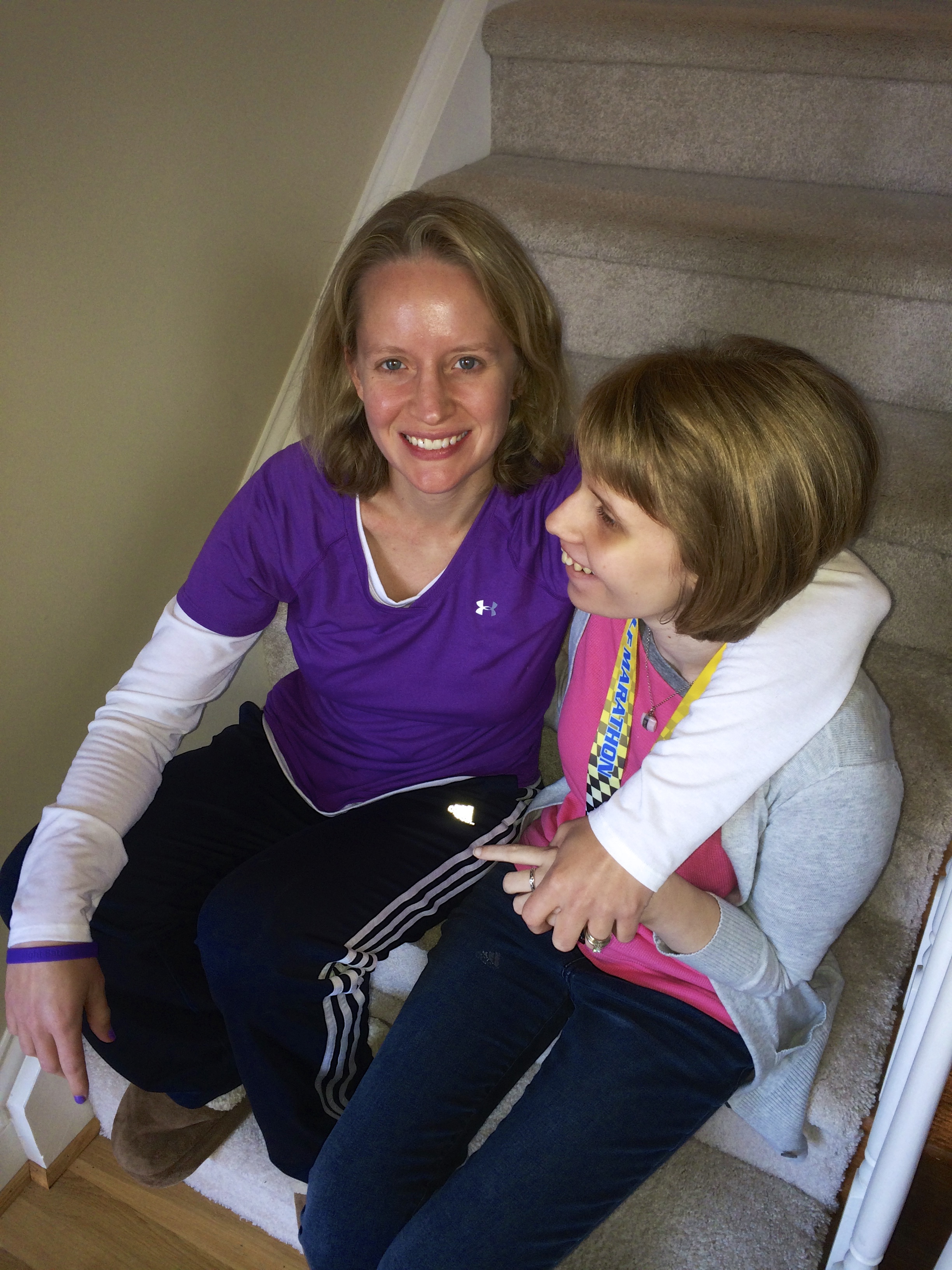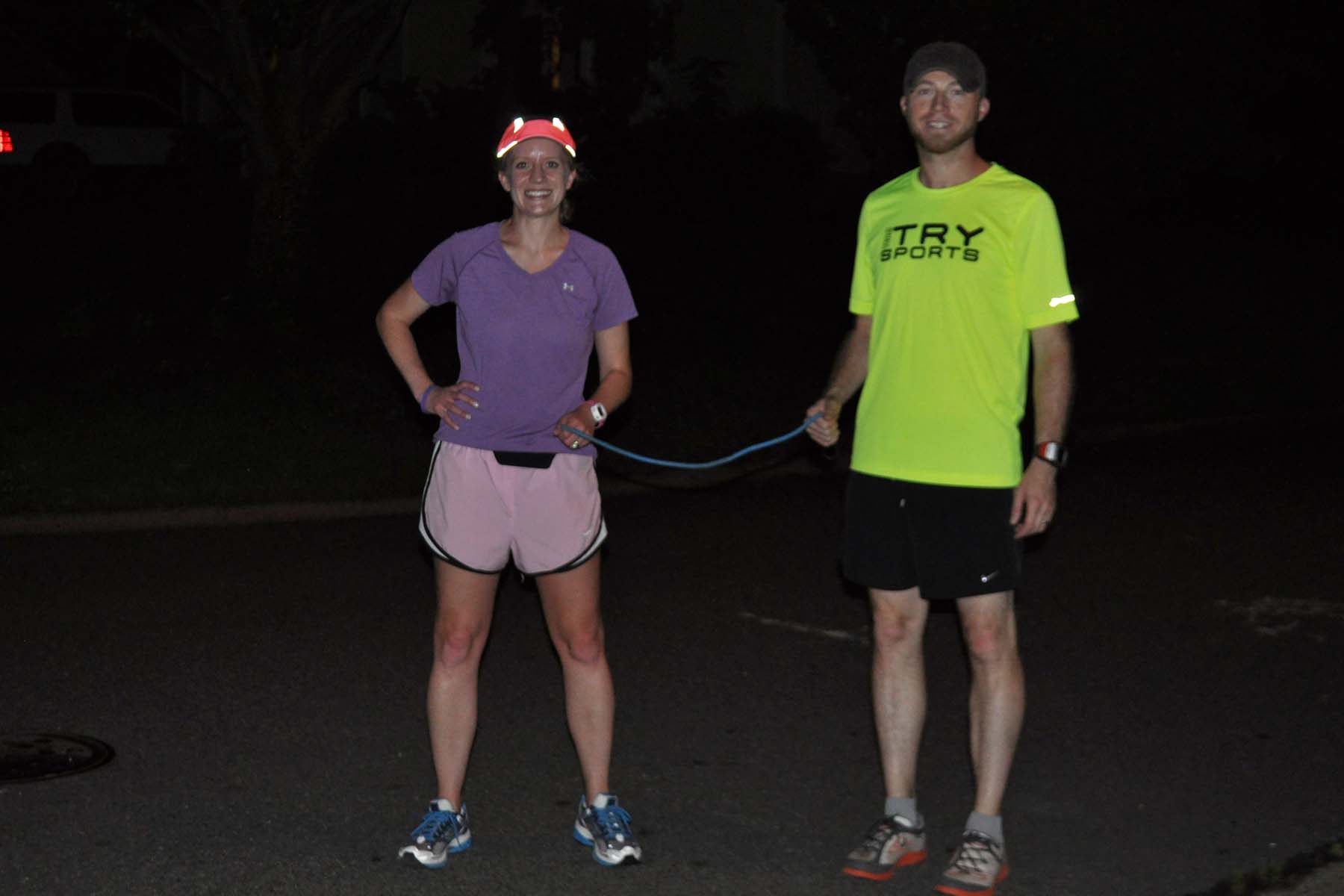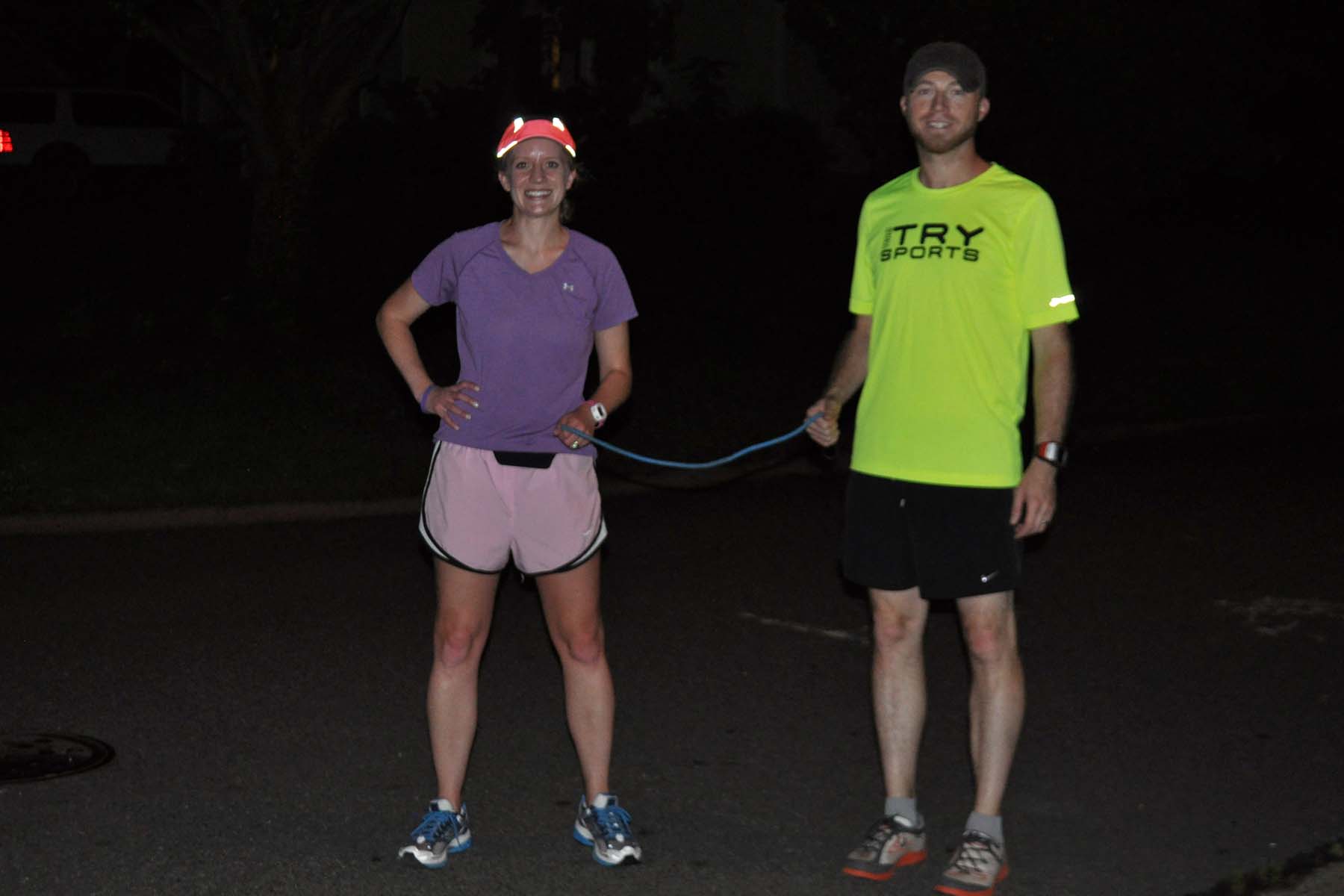Today is National Running Day, a “coast-to-coast celebration of running.” On this day last June, I put on a blindfold and ran an unofficial 5K to honor my sister, Taylor. I cherish my vision; blindness is one of the many terrible things about Batten disease. But there is something magical about running blind for my sister that I’ve never quite been able to describe.
That blind run on neighborhood streets and a school track was the first time I’d run in real darkness – the kind of darkness that forces you to trust yourself and your guide and a higher power – since running Charlotte’s Thunder Road Half Marathon blindfolded in November 2013. continue reading →

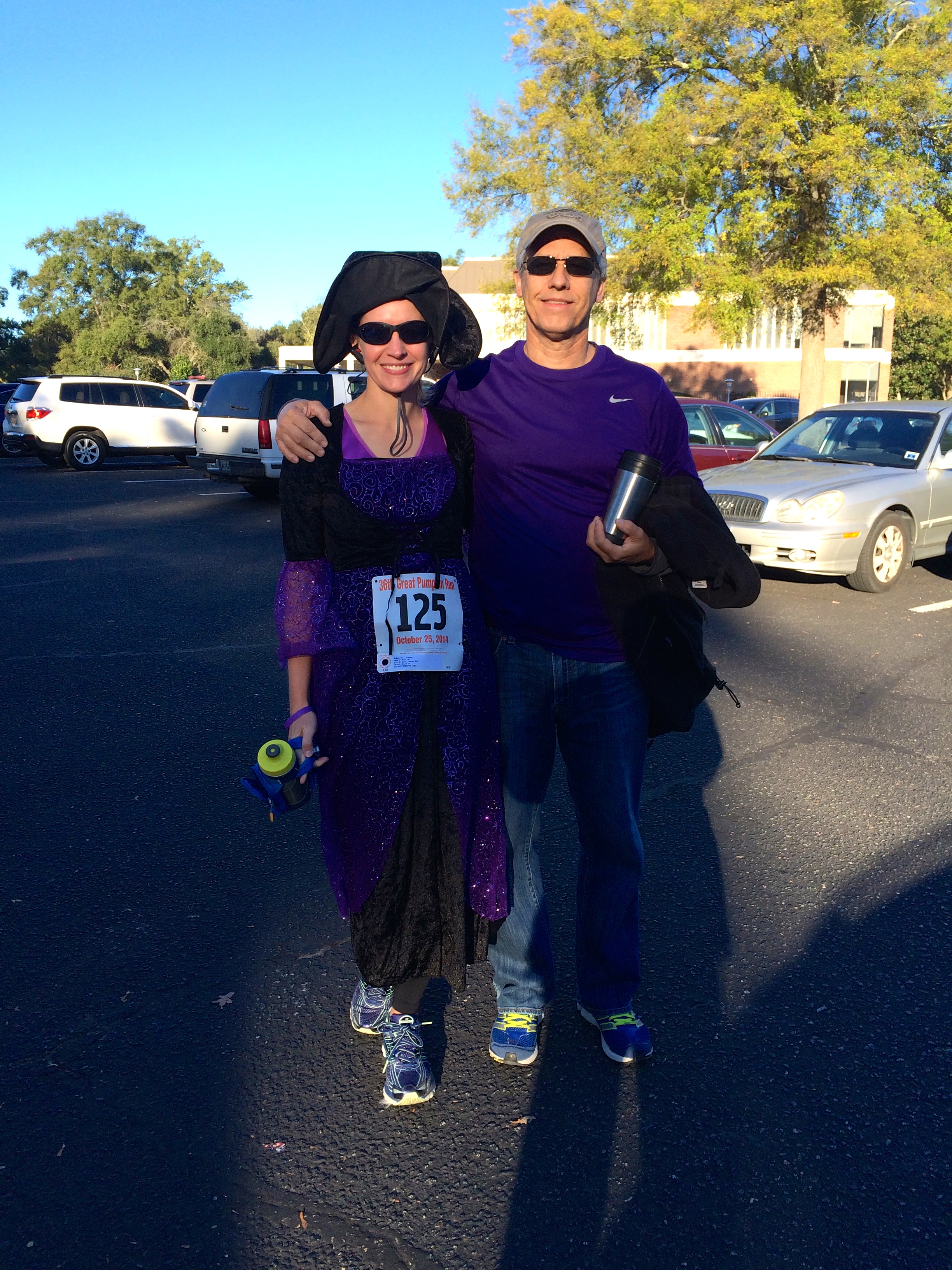


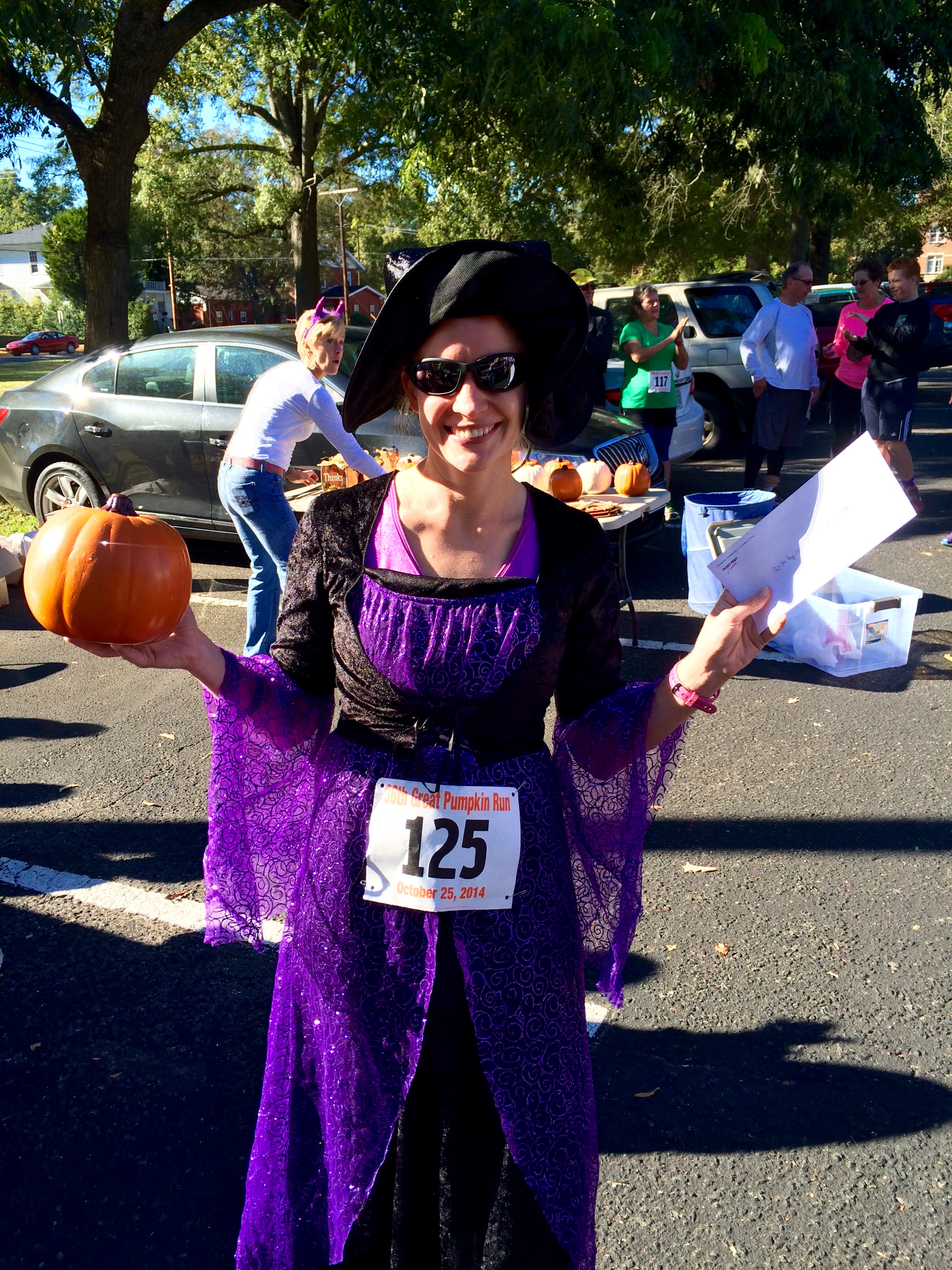
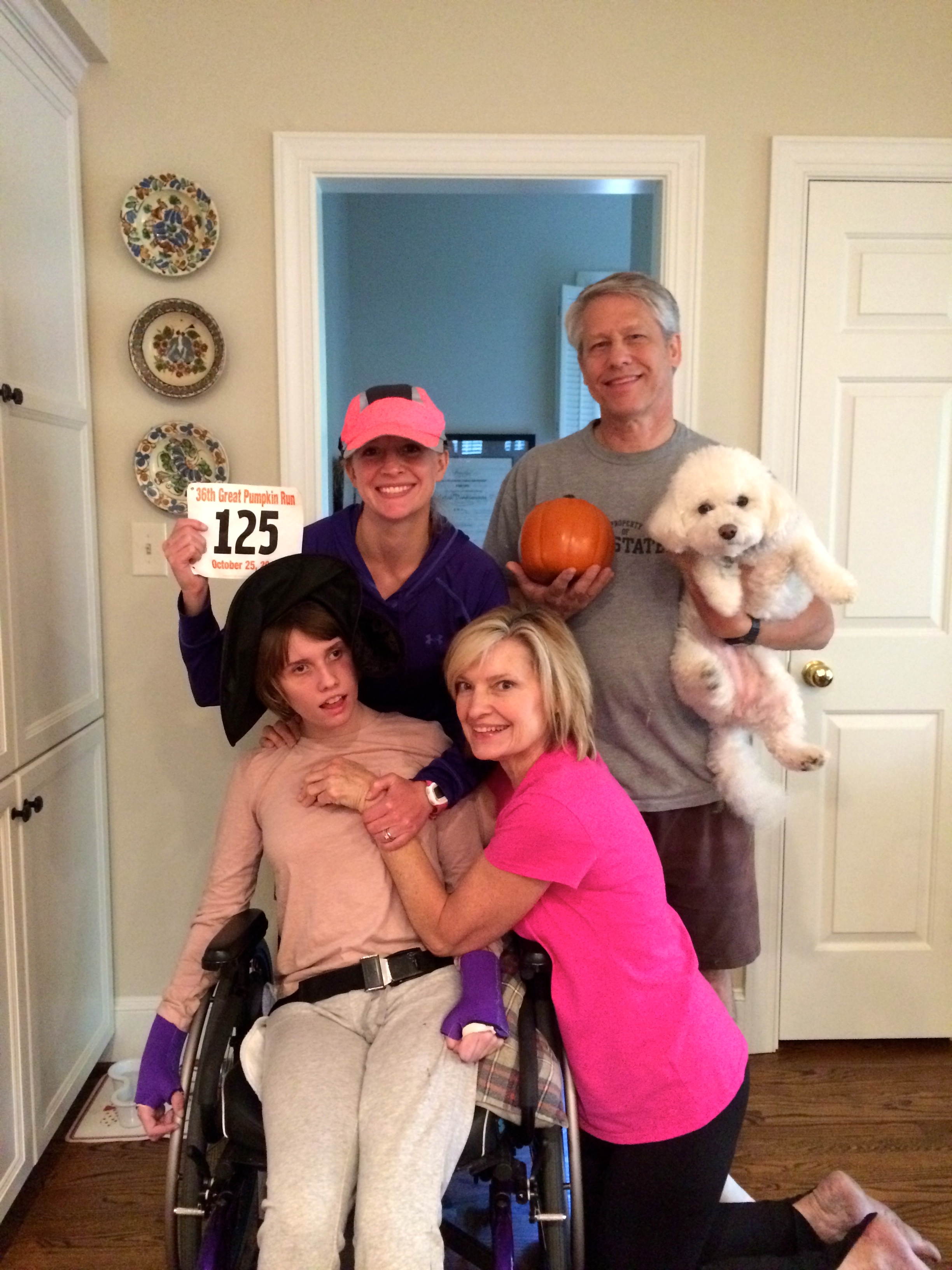
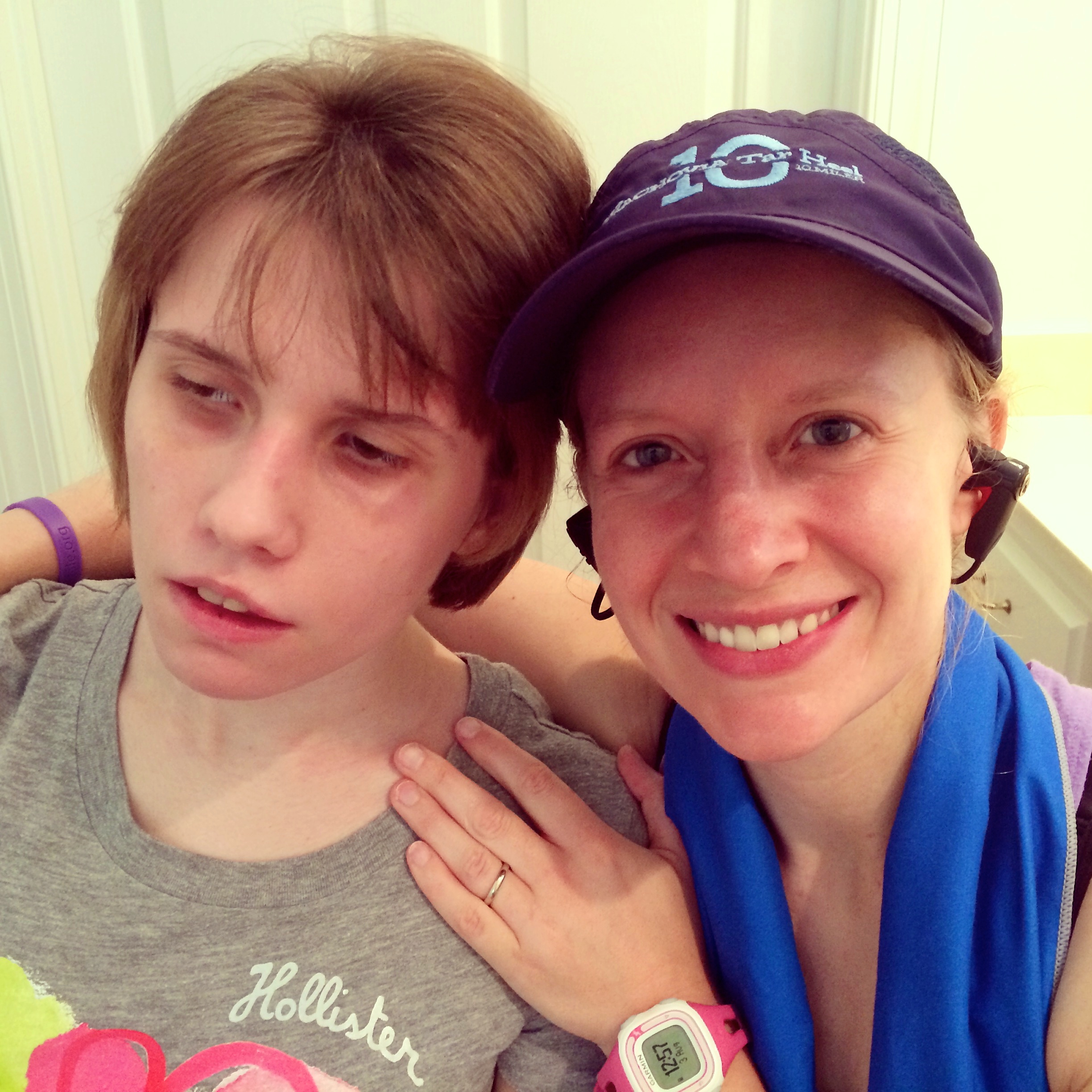
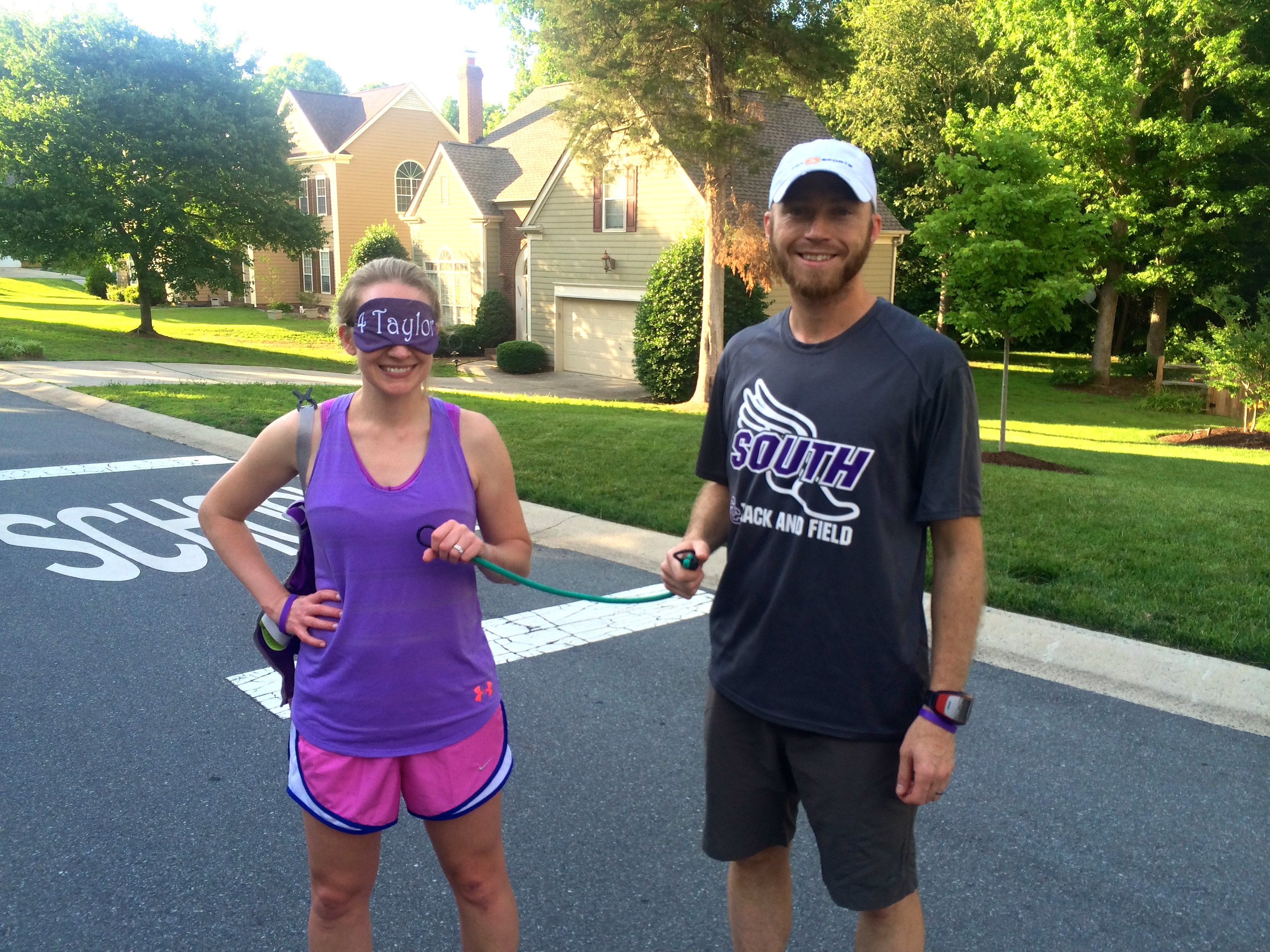

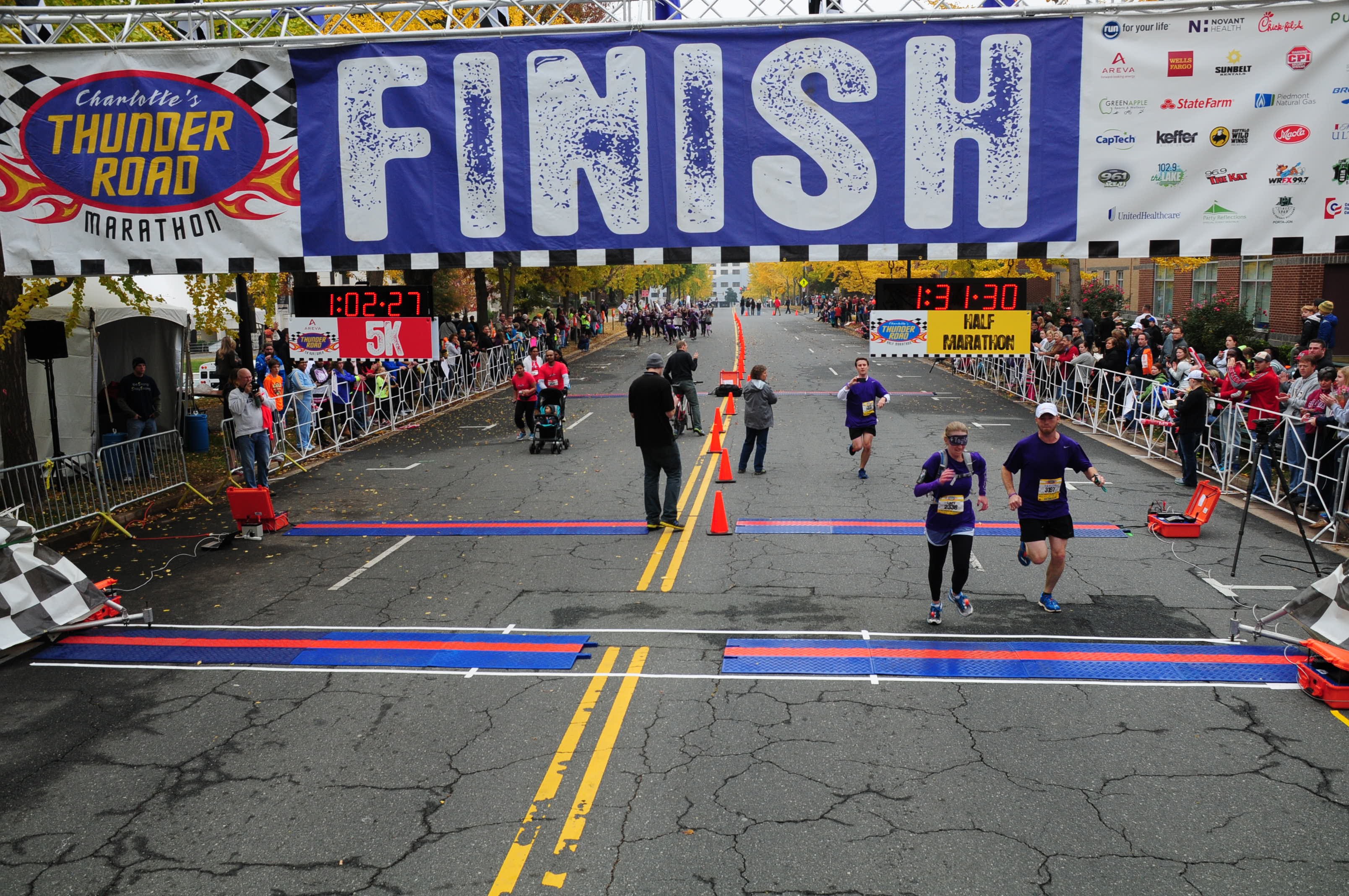 Almost seven months ago, I ran the biggest race of my life. When I crossed the finish line at Charlotte’s Thunder Road Half Marathon and removed my blindfold to fall into my mom’s waiting arms, I knew I’d never feel that way again.
Almost seven months ago, I ran the biggest race of my life. When I crossed the finish line at Charlotte’s Thunder Road Half Marathon and removed my blindfold to fall into my mom’s waiting arms, I knew I’d never feel that way again.